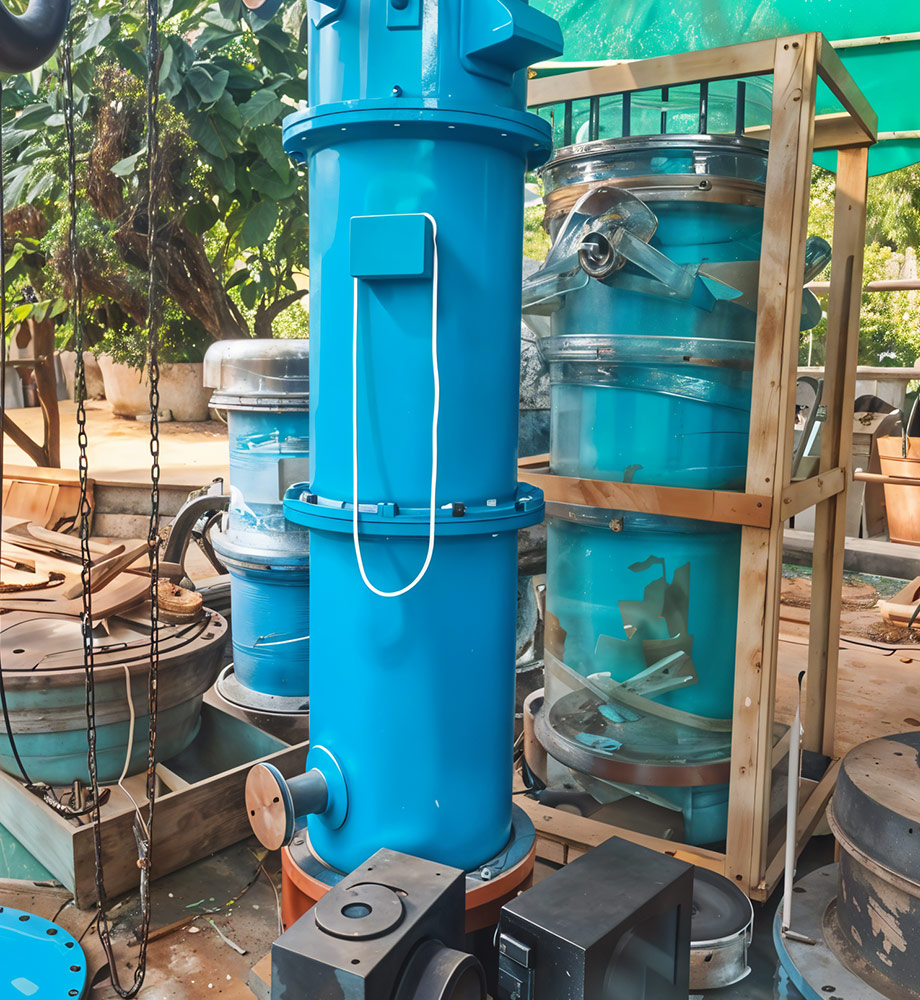Key Features
- Corrosion-Resistant Construction: FRP is immune to acids, alkalis, and brines that would quickly corrode metal exchangers
- Efficient Heat Transfer: Fiberglass shells and FRP tubes can be designed for high heat duty
- Low Thermal Conductivity: Provides inherent insulation, reducing heat loss
Benefits
- Consistent Performance: Resist fouling and chemical attack, maintaining efficiency over years
- Lightweight & Non-Leaky: Lower weight than steel; epoxy joints ensure no leaks between shell and tubes
Applications
- Chemical Plants: Preheating or cooling corrosive process streams
- Power & Utilities: Condensers or reboilers in corrosive service
- Desalination & Water Treatment: Brine coolers, evaporator condensers
Technical Specifications
- Flow Arrangement: Shell–tube, coil, or plate configurations; all made from FRP
- Materials: FRP shell with either FRP or metal (lined) tubes
- Heat Duty: Varies based on design; tailored to customer process requirements
- Standards: Built to API 661 (for FRP coolers) or other custom industrial codes
Unique Selling Points
- Long-Term Reliability: Can operate years in harsh chemical service without degradation
- Low Maintenance: No rusting, easier cleaning than metal exchangers

